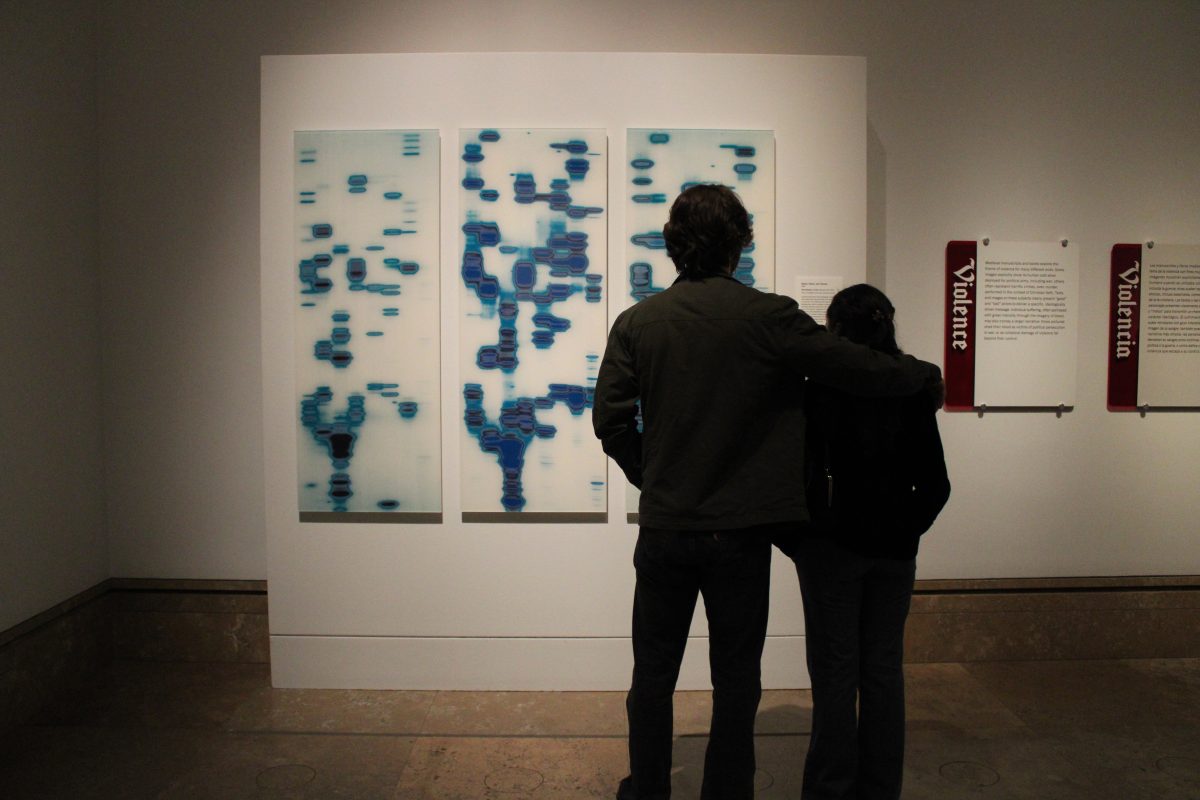
Finally comedy fans are able to spend a little more time with Bill Hicks.
Hicks has been described as the greatest comedian you’ve never heard of, and one of the most prolific comedians the United States has ever produced. A rather lofty title earned by a man who died at 32 years old of pancreatic cancer in 1994.
In his last letter dated Feb. 17, 1994, Hicks wrote he was always “awake, I guess you’d say.” This state of being exudes through his writing, a skill he had worked on for nearly 20 years.
Hicks began performing stand up comedy at 13 when he and friend Dwight Slade snuck out of their homes to perform. By 19, he was fully represented and soon after moved from Houston to Los Angeles where he began performing as a regular at the Comedy Store in Hollywood with the likes of Jerry Seinfeld, Jay Leno and Garry Shandling.
Two years after its world premiere at the London Film Festival in 2009, “American: The Bill Hicks Story” has brought Hicks back home to American soil, a place that, he admits, never wholly understood him.
“American” is told through the use of recordings and photographs with image animation. This innovation method of storytelling served as a respectable way to recreate the under-documented moments of Hicks’ life – pre-cell phone videos, after all.
Image animation, a medium that superimposed photographs chronicling Hicks’ life over live footage, allowed the audience to become fully immersed in the story.
Family and friends narrated the documentary but did not take attention away from the subject to whom they were paying homage. Narrators rarely appeared on screen, respectfully taking a subordinate role in the story.
Through its personality and presentation, “American” is entirely Hicks. In fact, its original soundtrack is credited solely to Hicks himself, who also scored his stand-up videos.
The film reflects Hicks’ raw honesty: it does not shy away from his bout with alcoholism, experimentation with drugs and the way in which he handled his grim diagnosis.
“American” holds the audiences hand as it moves them through the beautifully dizzying journey Hicks experienced during his unfairly short life. It’s hilarious and heart-wrenching, leaving viewers devastated that he is no longer around to comment on the disintegrating state of humanity.
Hicks elevated his First Amendment rights to a religious observance – an incredible, romantic opportunity to engage with the public on an intellectual level, sans weaponry using only ideas to advance humanity.
With such comments as, “Watching television is like taking black spray paint to your third eye” and “It’s all about money! Do you think you’re really free? Go somewhere without money and see how far you get,” Hicks slammed American consumerism and apathy throughout his career.
But not without reminding his audiences just how much he loved them: “You know all the money we spend on nuclear weapons and defense every year? Trillions of dollars? Correct? Trillions. Instead, if we spent that money feeding and clothing the poor of the world, which it would pay for many times over, not one human being excluded, not one, we could, as one race, explore outer space together in peace forever. You’ve been great. Thank you.”





